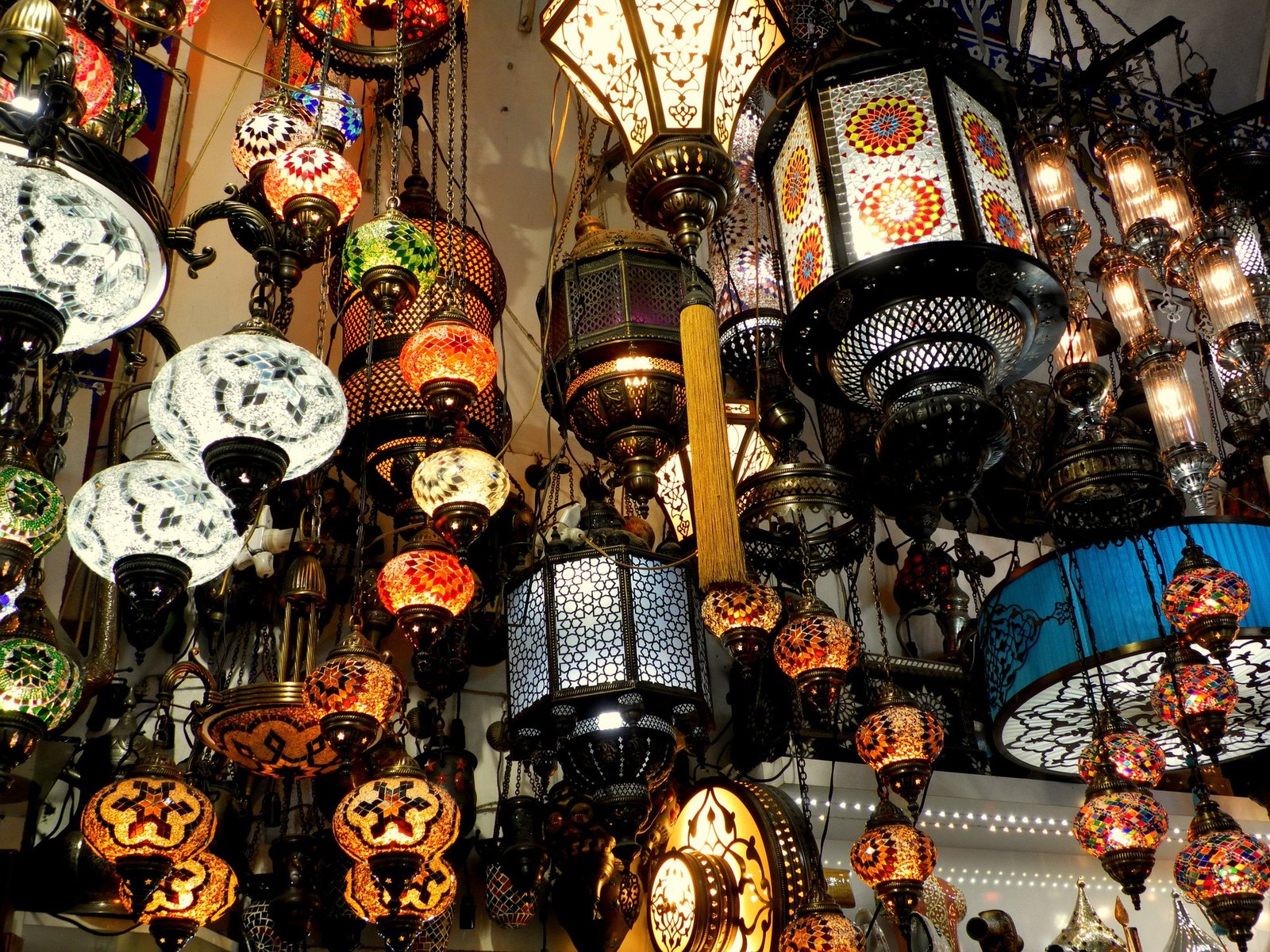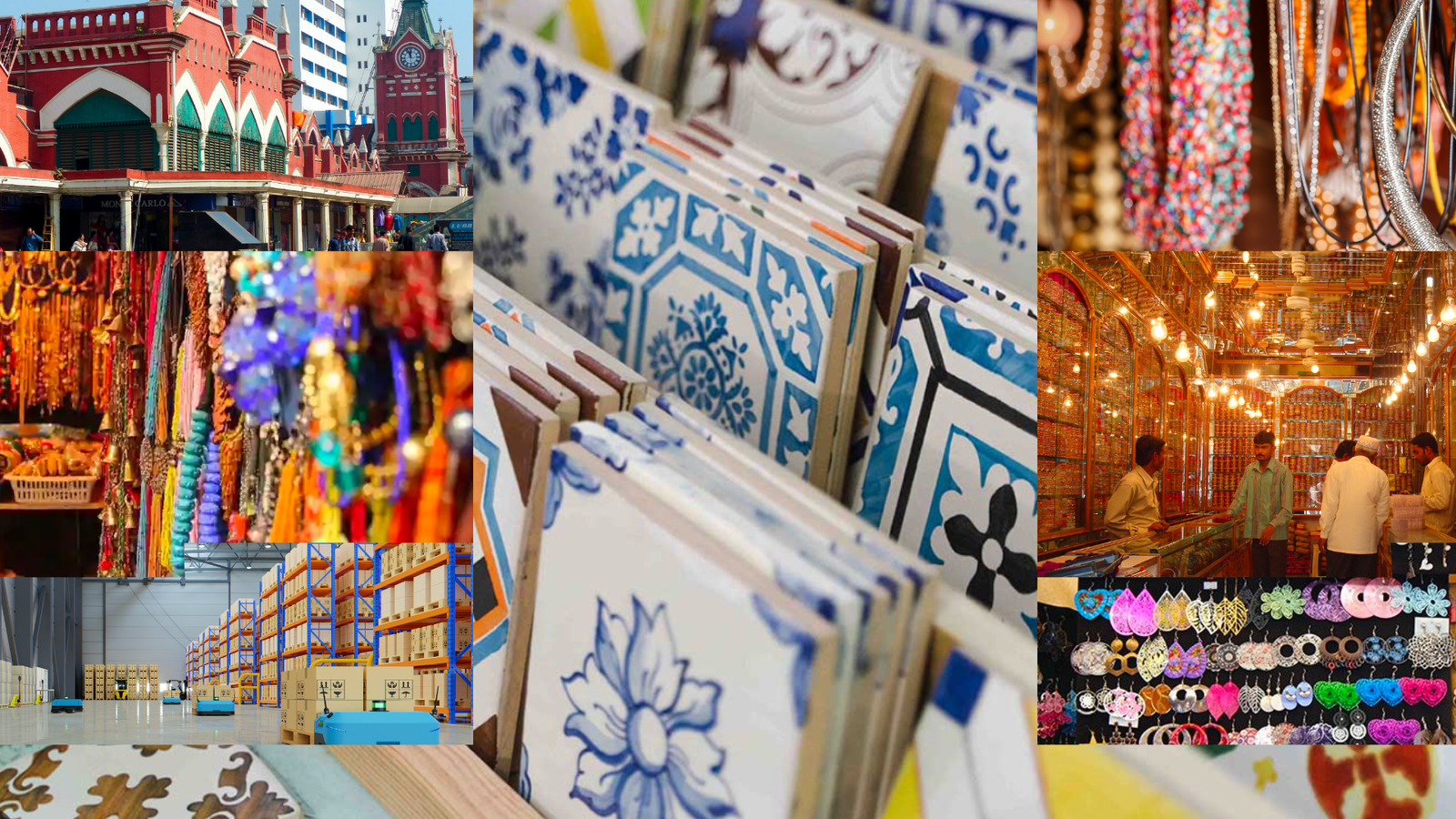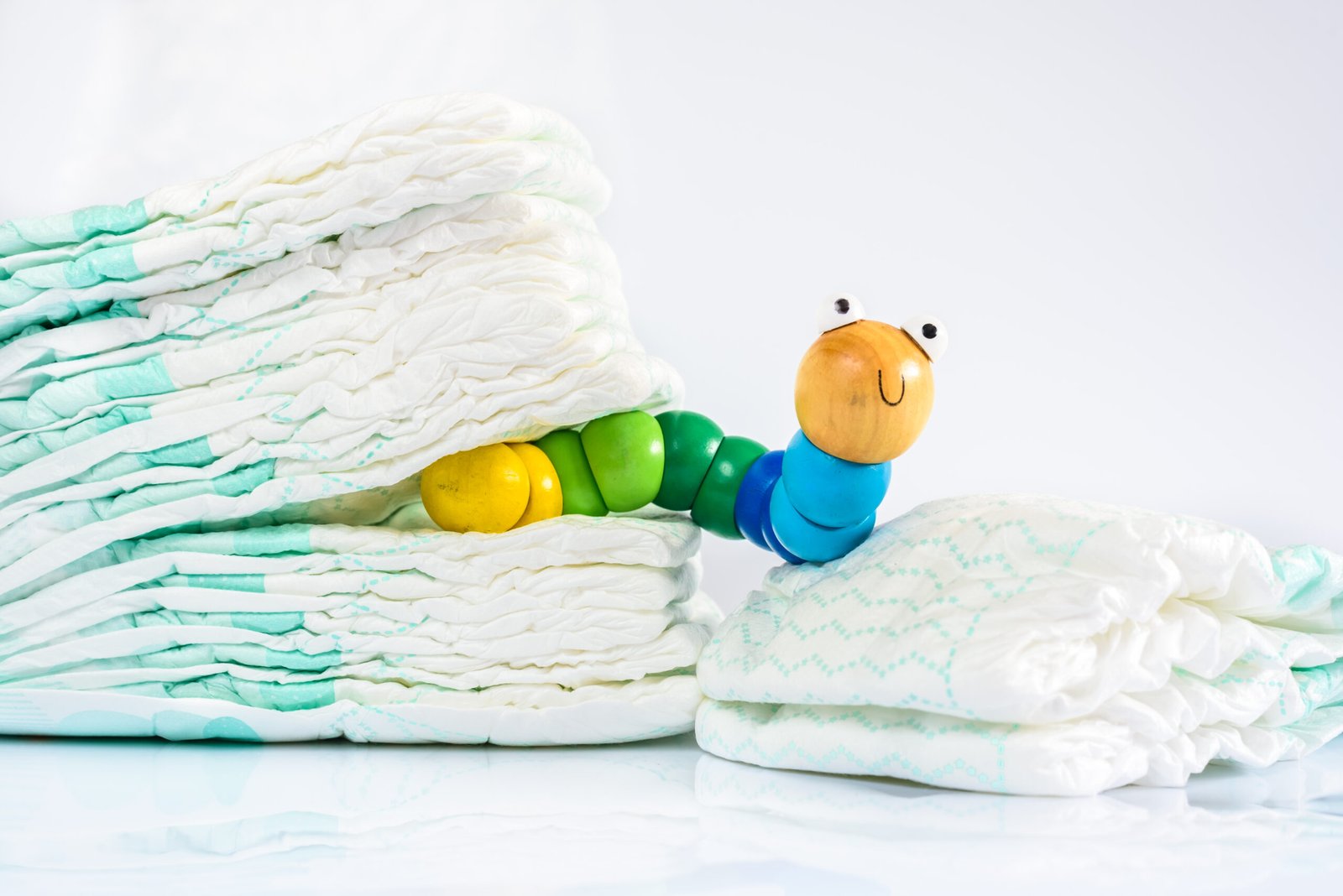From Idea to Shelves: A Comprehensive Guide on How to Start a Private Label Brand Sourcing Products from India
In the vast world of e-commerce, private labelling has emerged as a lucrative business model that allows entrepreneurs to create their own brands without the hassle of manufacturing. One destination that’s gaining prominence for private label sourcing is India. With its rich heritage of craftsmanship and diverse product offerings, India is becoming a go-to destination for those searching to start their private label businesses. In this comprehensive guide, I’ll walk you through the step-by-step process of how to start a private label brand, sourcing products from India.
Understanding Private Labeling
Before diving into the specifics, let’s clarify what private labeling entails. Essentially, private labeling is a business model where a third-party manufacturer creates products that are sold by a retailer under a different brand name. This model offers numerous benefits, including brand control, the ability to differentiate your products, and providing better value to customers.

The Initial Steps
Step 1: Finding Your Niche Market
The first step in your private label journey is to identify a niche market.
i) Market Research: Start by researching various markets to find one that aligns with your interests, expertise, and has a growing demand. Tools like Google Trends and Amazon Best Sellers can be invaluable for identifying trending niches.
ii) Understanding Your Target Audience: Once you’ve chosen a niche, delve deeper into understanding your target audience. What are their preferences, pain points, and buying behaviors? Create buyer personas to guide your marketing efforts.
iii) Competition Analysis: Analyze your competitors within the chosen niche. Identify gaps in the market that you can fill with unique products or improved offerings.
Step 2: Contacting the Manufacturer
Once you’ve chosen your niche, it’s time to find the right manufacturer in India.
i) Thorough Research: Start by conducting comprehensive research on manufacturers in India. Consider factors like their reputation, production capacity, quality control processes, and location.
ii) Request Quotes: Contact multiple manufacturers and request detailed quotes. Compare not only the cost but also the production capabilities and lead times.
iii) Check Samples: Before finalizing a manufacturer, always order samples. This step is crucial to assess the quality and consistency of the products. Ensure that your products meet the standards and expectations you have set for your brand.
Step 3: Ordering Samples
Before you commit to large-scale production, always order samples from your manufacturer. This step is crucial to assess the quality and consistency of the products. Ensure that your products meet the standards and expectations you have set for your brand.
i) Sample Evaluation: Thoroughly evaluate the samples for quality, durability, and any customization options. Pay attention to details like materials used, stitching (if applicable), and overall craftsmanship.
ii) Quality Assurance: If the samples meet your expectations, discuss quality control measures with the manufacturer to ensure consistent product quality throughout production.
Setting Up Shop
Step 4: Creating an Online Store
In the digital age, establishing an online presence is paramount. Set up an e-commerce store that showcases your products with enticing descriptions and high-quality images.
i) Choose an E-commerce Platform: Select a user-friendly e-commerce platform that aligns with your budget and technical capabilities. Popular options include Shopify, WooCommerce, and BigCommerce.
ii) Design and Layout: Invest time in designing an appealing website layout. Use high-resolution images, write engaging product descriptions, and ensure smooth navigation for visitors.
iii) Payment and Security: Set up secure payment gateways to offer customers a safe and convenient shopping experience. SSL certificates are essential for data security.
Step 5: Adding Products
Now that your store is up and running, start adding your private label products.
i) Detailed Product Listings: Create detailed product listings that highlight the unique features and benefits of your products. Include multiple high-quality images from different angles.
ii) Pricing Strategy: Develop a competitive pricing strategy that considers production costs, competitor prices, and your desired profit margin.
iii) Inventory Management: Implement an inventory management system to track stock levels and prevent overstock or understock situations.
Step 6: Launching and Marketing
The launch of your private label store is an exciting milestone. But, to ensure success, you must invest in marketing.
i) Digital Marketing: Utilize various digital marketing strategies, such as social media marketing, search engine optimization (SEO), pay-per-click (PPC) advertising, and email marketing, to reach your target audience effectively.
ii) Social Media Presence: Create and maintain active social media profiles to engage with potential customers and build a community around your brand.
iii) Content Marketing: Produce valuable content like blog posts, videos, or guides related to your niche. This not only drives organic traffic but also establishes you as an authority in your field.
iv) Email Marketing: Build an email list and send out newsletters with product updates, promotions, and valuable content.
Finding the Right Products
Step 7: Researching Products
In the quest for profitable private label products, research is your best friend.
i) Market Research Tools: Utilize tools like WordTracker, Jungle Scout, or Helium 10 to identify products with high demand, low competition, a healthy profit margin, and fit within your budget.
ii) Product Validation: Once you’ve identified potential products, validate your choices by conducting in-depth market research. Look for trends, read customer reviews, and assess the overall market saturation.
Step 8: Customizing Your Product
To set your private label products apart from the competition, consider customization.
i) Product Differentiation: Think about how you can make your products stand out. This might involve offering color variations, unique packaging, or innovative product features.
ii) Brand Consistency: Ensure that your customization aligns with your brand identity and resonates with your target audience.
iii) Label and Packaging: Invest in professional label and packaging design that not only looks appealing but also communicates your brand’s story and value proposition effectively.
With these steps in mind, you’re well on your way to launching a successful private label brand, sourcing products from India. Private labeling is a dynamic and rewarding business model that empowers entrepreneurs to create unique brands that resonate with their target audience. So, go ahead, take the plunge, and embark on your private label journey, turning your business dreams into reality.













